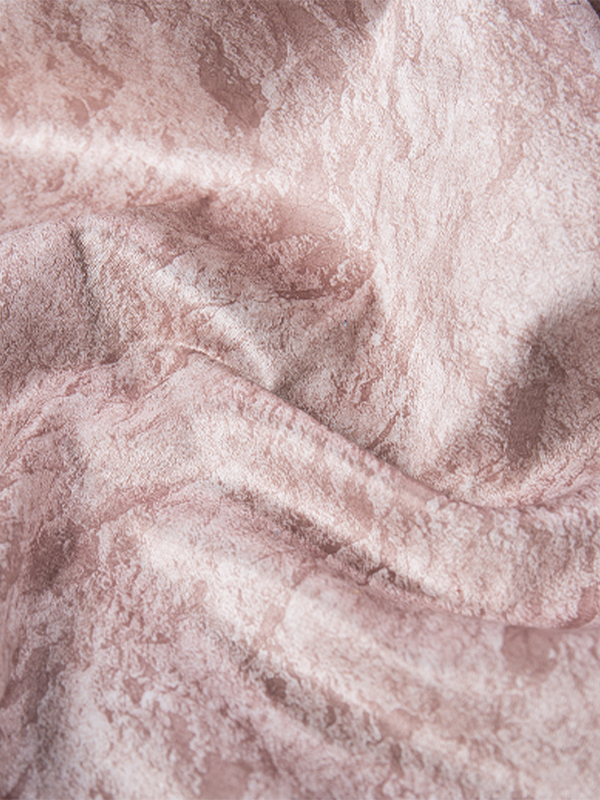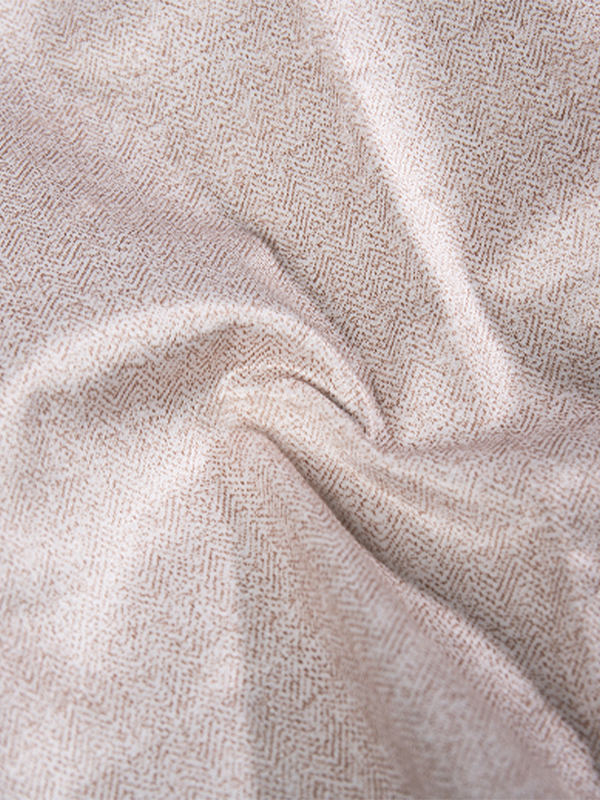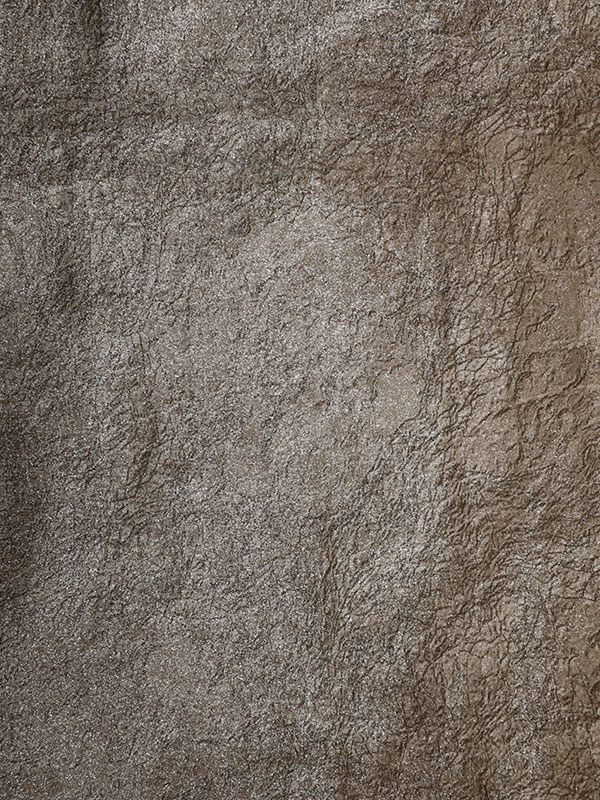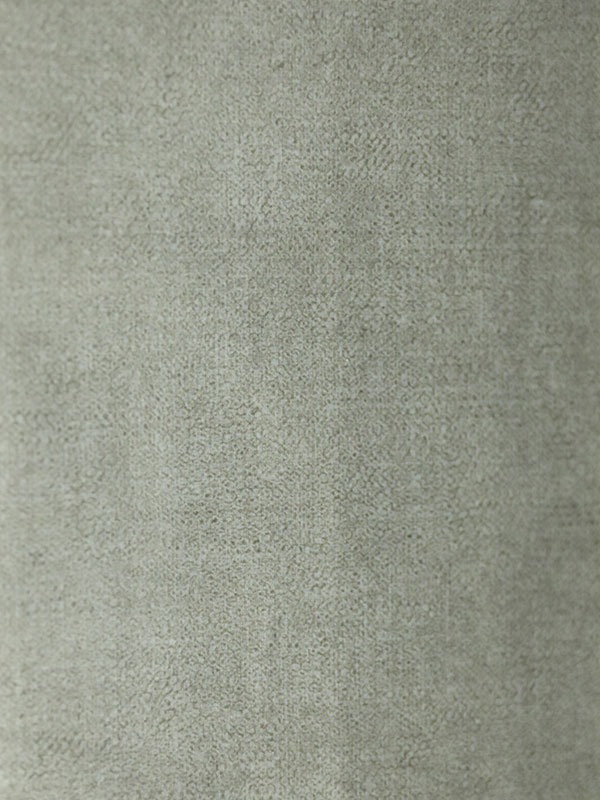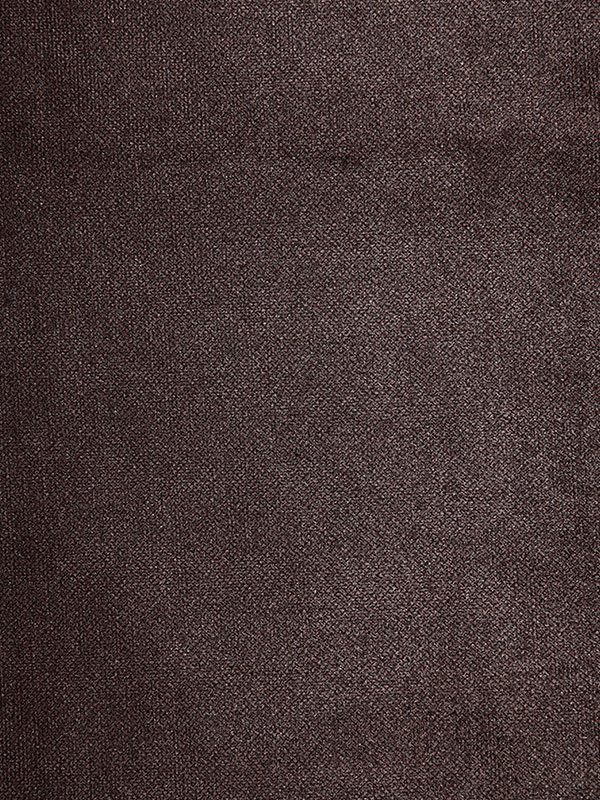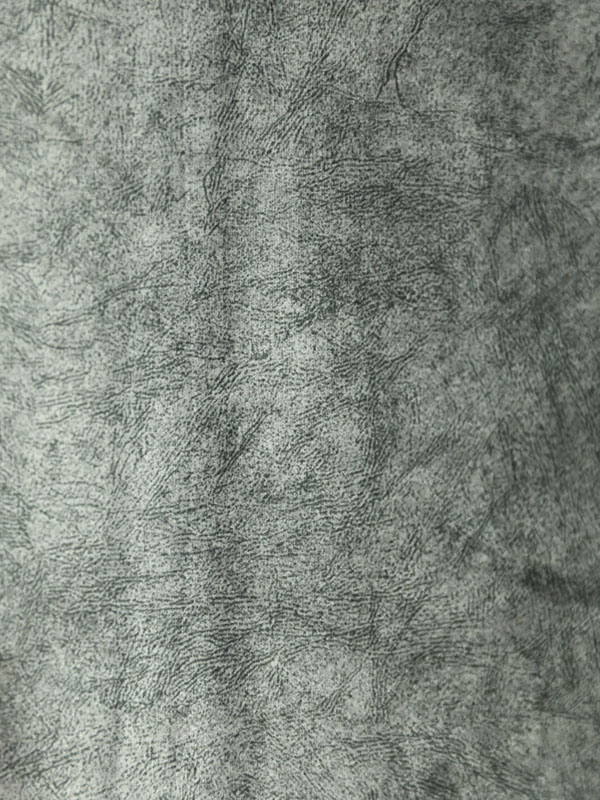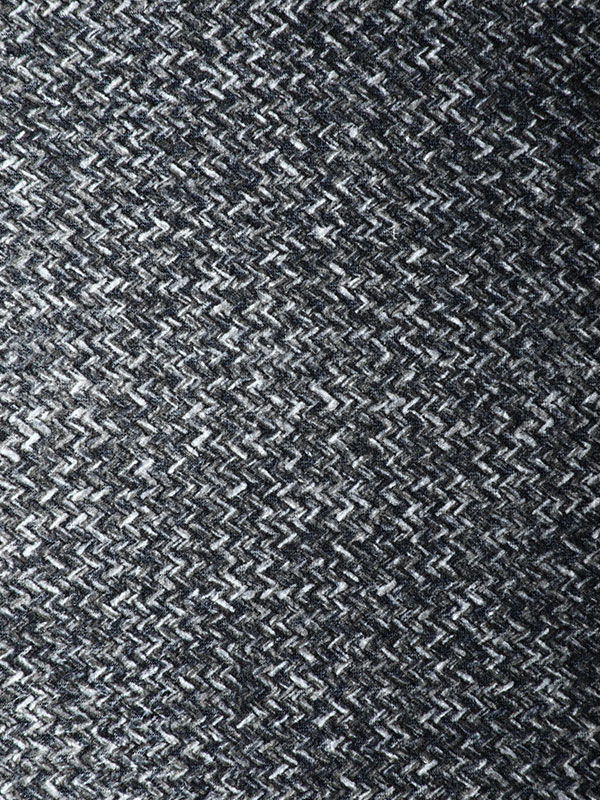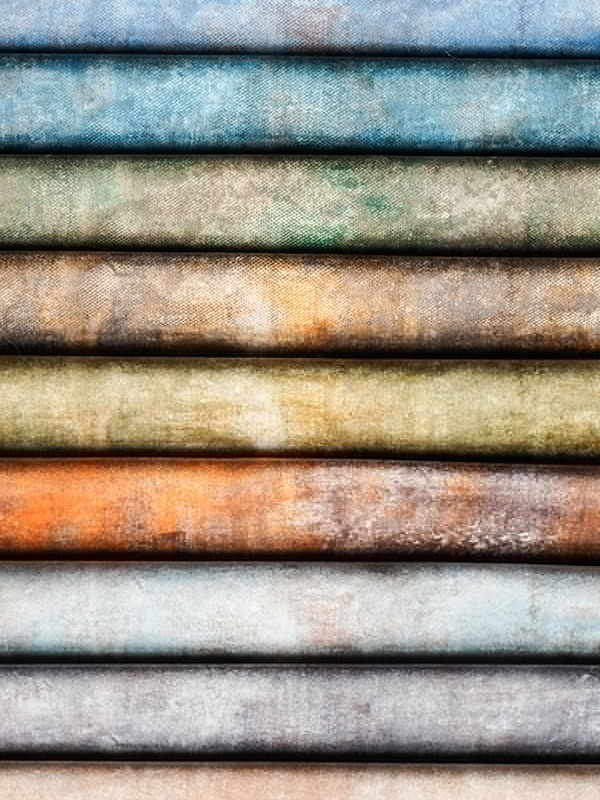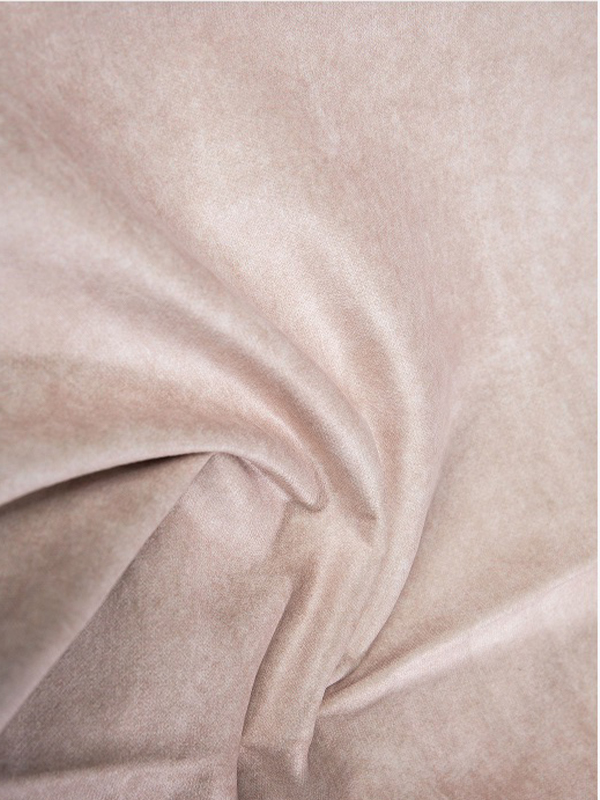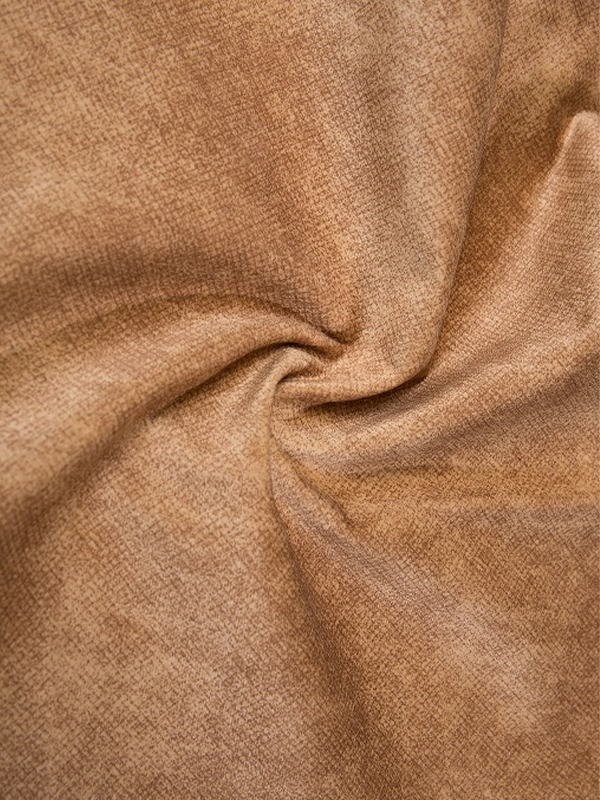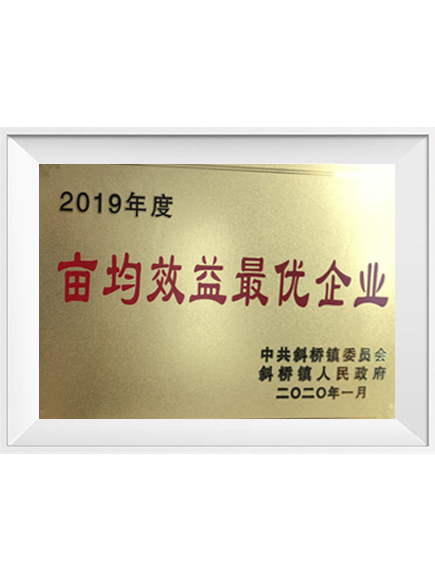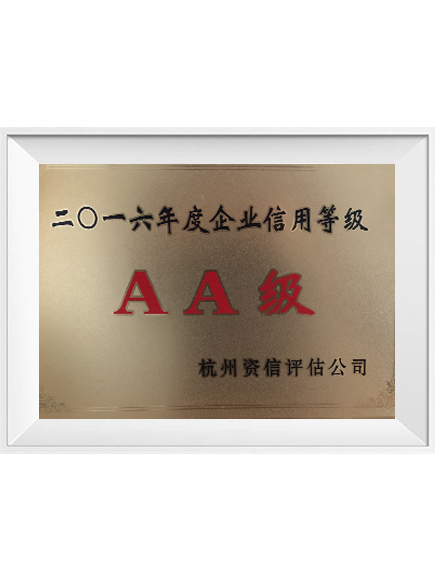Printing fabric refers to any textile material that has undergone a printing process to apply various designs, patterns, or images onto its surface. The designs can be as simple as monochrome motifs or as complex as multicolored patterns, achieved using different printing techniques such as screen printing, digital printing, and block printing. Printing fabrics are widely used in fashion, home decor, and various industrial applications due to their versatility in design and customization. The material of the fabric itself can vary, including cotton, polyester, silk, and blends, each offering unique characteristics that can affect the printing process and final product.
Key Features of Printing Fabric
Versatile Design Capabilities
Customization: One of the primary benefits of printing fabric is the ability to create customized designs tailored to specific needs or preferences. This flexibility allows for the production of unique and exclusive textile products, which is particularly advantageous in the fashion industry where uniqueness is highly valued.
Color Vibrancy: Modern printing techniques, especially digital printing, allow for a wide range of colors to be applied to fabrics with precision and vibrancy. This ensures that the final product has a high-quality appearance that stands out, whether for fashion items or home decor.
Variety of Fabric Types
Cotton: Cotton is a popular choice for printing due to its softness, breathability, and ability to absorb dyes effectively. Printed cotton fabrics are often used in clothing, bed linens, and casual home furnishings.
Polyester: Polyester fabrics are known for their durability and resistance to shrinking and wrinkles. When printed, polyester maintains its vibrant colors over time, making it ideal for products that require longevity, such as sportswear and outdoor textiles.
Silk: Silk printing fabrics are prized for their luxurious feel and natural sheen. Printed silk is often used in high-end fashion garments and accessories, where the quality of the material enhances the overall aesthetic of the design.
Durability and Washability
Long-lasting Prints: Modern printing techniques ensure that the designs on the fabric are long-lasting and resistant to fading, even after multiple washes. This durability is crucial for maintaining the quality and appearance of the fabric over time, making it suitable for both everyday wear and special occasions.
Easy Maintenance: printed fabrics are designed to be easy to care for, with many being machine washable and resistant to shrinkage. This practicality adds to the appeal of printed fabrics, especially in home textiles and everyday clothing.
Advantages of Printing Fabric
Cost-Effective Production
Economies of Scale: Printing fabric, especially in large quantities, can be a cost-effective method of producing textiles with intricate designs. This is particularly true for screen printing, where the cost per unit decreases significantly as production volume increases.
Affordable Customization: Unlike traditional pattern creation methods, digital printing allows for affordable customization without expensive setup processes. This opens up opportunities for small businesses and designers to create personalized products without large upfront costs.
Wide Range of Applications
Fashion Industry: Printing fabric is a staple in the fashion industry, where it is used to create everything from everyday wear to haute couture. The ability to print intricate designs and patterns on various fabric types allows designers to bring their visions to life with precision and creativity.
Home Decor: In home decor, printed fabrics are used in products such as curtains, upholstery, and bedding. The wide range of available designs allows homeowners to express their style and enhance their living spaces with customized textiles.

 English
English 中文简体
中文简体 русский
русский عربى
عربى Español
Español